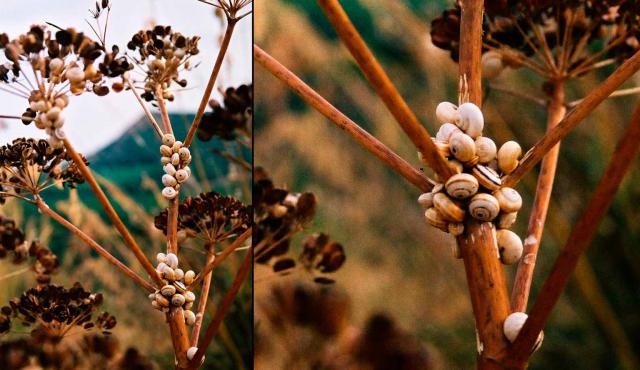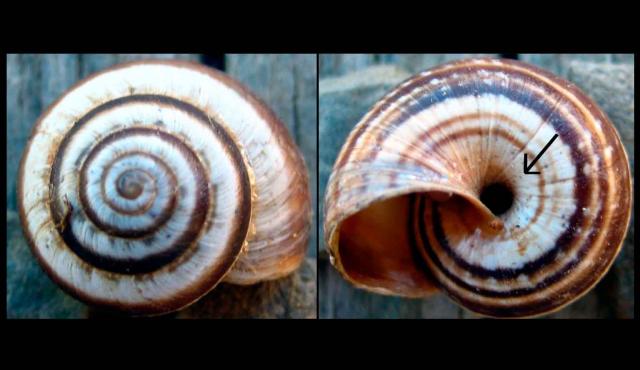A range of teacher professional learning programs will be developed to accompany the Biodiversity of the Western Volcanic Plains online outreach...



Vineyard Snail
Cernuella virgata
This introduced snail species can produce 60 eggs per clutch and as many as 40 clutches per year.
| Details | Description |
| Type | Invertebrate |
| Group | Mollusc |
| Other Common Names | White snail, Striped snail, Zoned snail, Maritime garden snail |
| Identifying Characteristics | |
| Distinctive Markings | Variable pale to dark brown markings on a cream-white background. |
| Diet | Herbivore. Snails often target young seedlings and also eat roots and germinating seeds. |
| Habitat | Occurs in vineyards, crops and gardens. Has invaded native grasslands in Victoria. |
| Native Status | Introduced |
| Taxonomy | |
| Phylum | Mollusca |
| Class | Gastropoda |
| Order | Stylommatophora |
| Family | Hirundinidae |
| Genus | Cernuella |
| Species | virgata |

Distribution maps indicate current and historic locations where species have been sighted.
Source: Atlas of Living Australia
| Conservation Status | |
| DEPI Advisory List | Not listed |
| FFG Act | Not listed |
| EPBC Act | Not listed |
The conservation status of species is listed within Victoria and Australia.
The Department of Environment and Primary Industry (DEPI) Advisory List consists of non-statutory advisory lists of rare or threatened flora and fauna within Victoria.
The Flora and Fauna Guarantee Act 1988 (FFG Act) lists threatened species in Victoria. Under the Act, an Action Statement is produced for each listed species.
The Environment Protection and Biodiversity Conservation Act 1999 (EPBC Act) is the Australian Government’s key piece of environmental legislation, listing nationally threatened native species and ecological communities.



